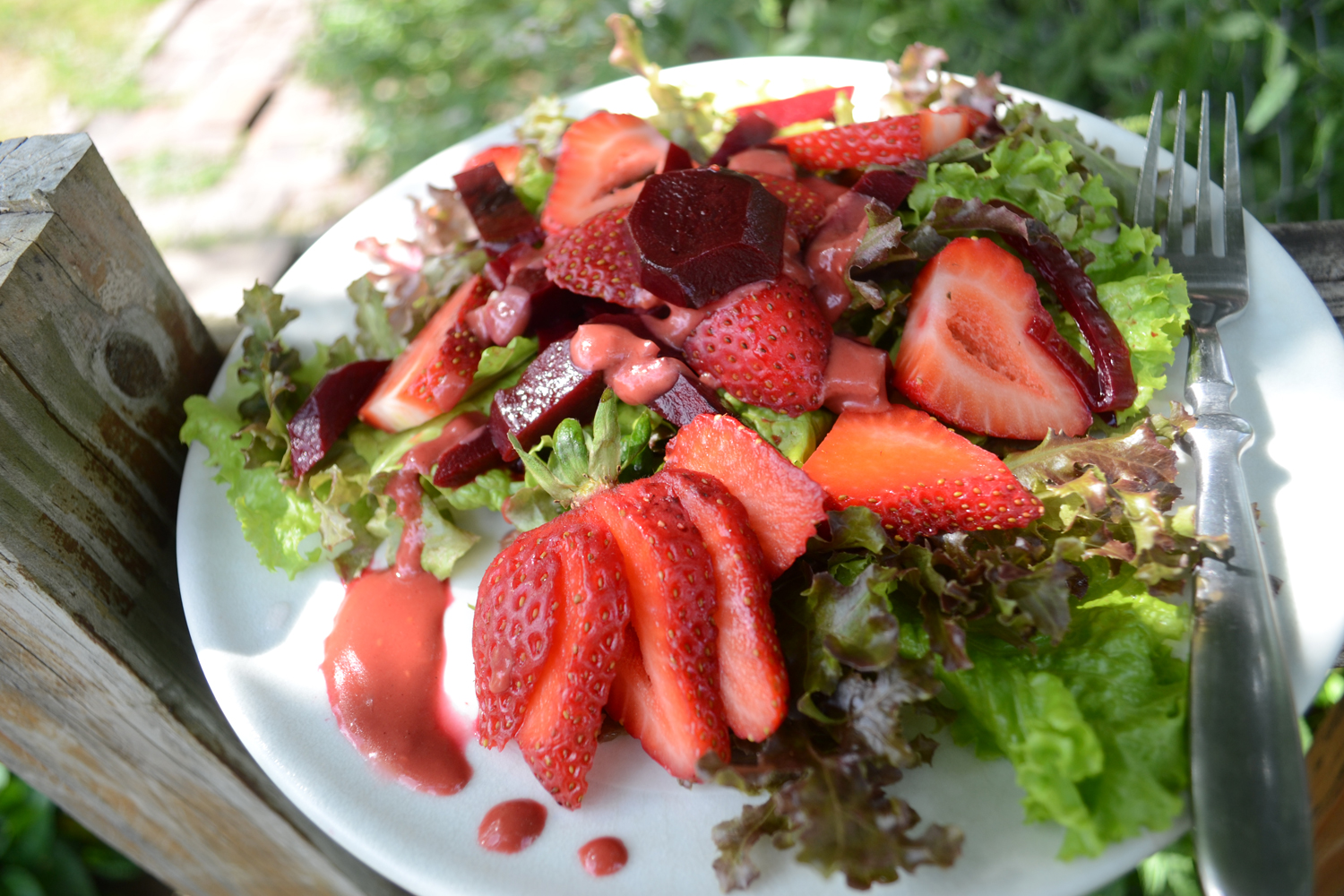St. Louis Dinner in the Garden with City in a Jar - inspired by One Part Plant "For Reals Meals"
Regular readers and Blissoma fans know that we are creating a community garden in North St. Louis City. It's big and we're hoping to make a big impact for our community and their involvement with healthy, organic foods and herbs.
Part of my goal this year was to start bringing more people into the garden either through volunteer time or events. I delivered fliers around the neighborhood and hosted the first group work day in the garden in late spring. Neighbors I'd never met before came and learned about what's happening on our plot.
More events were on tap, and after seeing the For Reals Meals series by Jessica Murnane on One Part Plant I decided that St. Louis definitely needed to host a copycat event. They say imitation is sincere flattery and Jessica proved her colors when she offered 100% enthusiasm to the idea of her concept spreading to other cities. Done!
The season was perfect to have it outdoors in the lush June garden and feature as many locally procured and garden grown ingredients as possible. Jessica Leitch of City in a Jar became my cohort since I am notoriously unable to focus on anything but food when planning a dinner. If it was left up to me folks would have been eating with fingers, though the food would have been delicious. Thank goodness I had help then with the table settings, bartending, flowers, and hosting.
We invited some neato people in the St. Louis scene, splitting the invite list between us equally. I reached out to local filmmaker Ken Calcaterra, city government employee and fellow foodie Vincent Haynes, and Cbabi and Reine Bayoc of the famed vegan eatery SweetArt. Jessica invited her photographer Christopher Willingham who shot all the photos in this post, her videographer, and several other friends.
Jess bartended while I was holed up in the kitchen completing the meal. Afterwards Vincent told me he'd never consider having a dinner without a co-host again, as it solves the notoriously difficult problem of how to entertain guests while cooking food. A buddy makes it possible!
We set things up picnic style on low tables with blankets. It was casual but a memorable dining experience.
Recipes for Dishes from Dinner in the Garden
- Lavender themed cocktails made with lavender simple syrup and 360 Vodka (Jess declared her favorite to be the Lavender/Lemon variation on a Lavender Collins)- Strawberry and Pickled Beet Salad with Raspberry Balsamic Vinaigrette Dressing
- Creamy White Bean and Sugar Snap Pea Medley
- Sweet Potato Oven Fries with Crumb Coating and Homemade Heirloom Ketchup
- Panfried Polenta with Garden Herbs and Raw Mustard Greens Pesto
and a gluten-free baklava with coconut ice-milk for dessert
All recipes were original concoctions and featured ingredients harvested from the garden to show off the work we've been doing to grow fantastic food. I'll gradually be posting all the recipes over the coming weeks so everyone can enjoy these healthy and super tasty creations. With the exception of the white bean salad and baklava all recipes were vegan, and all of them were gluten-free.
Everyone enjoyed their evening. I was glad I completed dinner by only 30 minutes after the estimated serving time (phew!) and that everything turned out well. I'm working on some tweaks to the desserts as both weren't as fine as I'd like for sharing with the whole world, but they tasted good that night.
By next year I hope to have a full size farm table made from donated, reclaimed wood to serve on for many future events. Thanks to both the Jessicas for their contributions! I highly suggest following One Part Plant on culinary adventures through Chicagoland as you're sure to find something delightful. We were honored to replicate her concept and instigate a little happy mixing of people and plants in North St. Louis. We've got a lot growing up here.

































 Welcome, I'm Julie Longyear.
Welcome, I'm Julie Longyear.


